Home>Renovation & DIY>Tools & Equipment>What Does A Measuring Tape Do
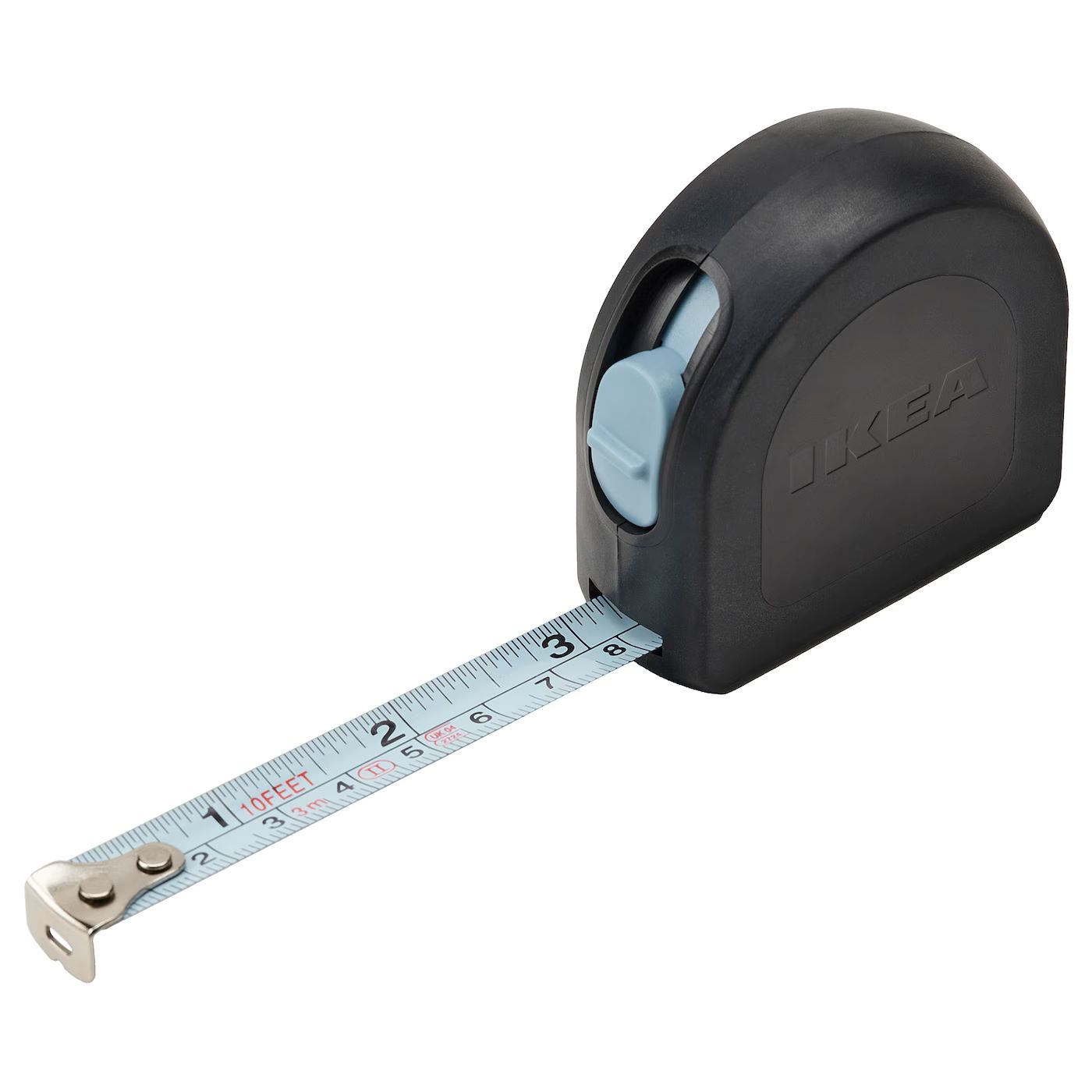

Tools & Equipment
What Does A Measuring Tape Do
Modified: December 21, 2023
Discover the importance of a measuring tape and how it helps in accurate measurements. Explore essential tools and equipment for your projects. Unlock the potential of tools-and-equipment today!
(Many of the links in this article redirect to a specific reviewed product. Your purchase of these products through affiliate links helps to generate commission for Storables.com, at no extra cost. Learn more)
Introduction
Measuring tapes are ubiquitous tools that play a crucial role in various fields, from construction and carpentry to fashion design and crafting. These flexible, retractable rulers are designed to provide accurate measurements, making them indispensable for professionals and DIY enthusiasts alike. In this article, we will explore the history, types, usage, advantages, and common mistakes associated with measuring tapes. Whether you're a seasoned professional or a beginner, understanding the intricacies of this essential tool can greatly enhance your precision and efficiency in diverse projects. Let's dive into the world of measuring tapes and unravel the secrets behind their enduring relevance and utility.
Key Takeaways:
- Measuring tapes have evolved from ancient knotted ropes to modern digital and laser-based devices, reflecting the relentless pursuit of precision and efficiency in diverse fields.
- Using a measuring tape effectively requires attention to detail, proper technique, and awareness of common mistakes to ensure accurate measurements in various projects.
Read more: What Do The Lines On A Measuring Tape Mean
History of Measuring Tapes
The history of measuring tapes can be traced back to ancient civilizations where various methods were employed to measure length and distance. In ancient Egypt, the use of knotted ropes to measure land and construct the pyramids showcased early forms of measuring tools. The concept of linear measurement continued to evolve, leading to the creation of the first standardized measuring tape in the 19th century.
During the industrial revolution, the demand for accurate and portable measuring tools surged, prompting inventors to devise innovative solutions. In 1829, a Frenchman named Alphonse LaRonde filed a patent for the first retractable tape measure. This pivotal invention revolutionized the way measurements were taken, offering a convenient and reliable alternative to traditional rigid rulers and yardsticks.
Subsequent advancements in materials and design led to the mass production of measuring tapes, catering to a wide array of industries and applications. The introduction of durable materials such as fiberglass and steel further enhanced the longevity and precision of measuring tapes, solidifying their status as indispensable tools in construction, engineering, tailoring, and countless other disciplines.
Today, measuring tapes have evolved to encompass digital and laser-based variants, catering to the ever-changing needs of modern professionals. From the humble origins of knotted ropes to the cutting-edge technology of digital tape measures, the journey of measuring tapes reflects the relentless pursuit of precision and efficiency across diverse fields.
Types of Measuring Tapes
Measuring tapes come in a variety of types, each tailored to specific tasks and environments. Understanding the distinctions between these types can significantly impact the accuracy and efficiency of measurements. Here are some common types of measuring tapes:
- Standard Measuring Tapes: Also known as retractable measuring tapes, these are the most common type used in construction, carpentry, and home improvement projects. They typically feature a flexible metal or fiberglass strip wound around a spool, allowing for easy extension and retraction.
- Long Tapes: Designed for measuring longer distances, long tapes typically range from 25 to 500 feet in length. They are commonly used in surveying, landscaping, and construction projects that require measurements beyond the reach of standard tapes.
- Measuring Wheels: These devices consist of a wheel attached to a handle and a counter mechanism. They are ideal for measuring large outdoor areas such as fields, roads, and parking lots, providing accurate distance measurements with ease.
- Digital Measuring Tapes: Equipped with electronic displays and advanced measurement capabilities, digital measuring tapes offer precise readings and additional features such as unit conversion and memory storage. They are popular in industries where digital precision is paramount.
- Cloth Measuring Tapes: Commonly used in tailoring and fashion design, cloth measuring tapes are made of flexible fabric or plastic. They are indispensable tools for taking body measurements and creating custom garments.
- Laser Measuring Devices: Utilizing laser technology, these devices provide rapid and accurate measurements of distance, area, and volume. They are widely used in construction, interior design, and real estate appraisal due to their speed and precision.
Each type of measuring tape offers unique benefits and functionalities, catering to the diverse needs of professionals across various industries. Understanding the specific characteristics of each type empowers individuals to select the most suitable tool for their specific tasks, ensuring optimal precision and efficiency.
How to Use a Measuring Tape
Using a measuring tape effectively requires attention to detail and proper technique to ensure accurate measurements. Whether you are measuring for a DIY project, construction task, or tailoring endeavor, mastering the following steps can significantly enhance the precision of your measurements:
- Uncoil the Tape: Start by extending the tape along the surface you intend to measure. Ensure that the tape is straight and taut to obtain an accurate reading.
- Align the Zero Mark: Position the beginning of the tape flush against one end of the object or surface being measured. The zero mark on the tape should align precisely with the edge to ensure an accurate starting point.
- Read the Measurement: Carefully note the measurement indicated by the point where the object or surface ends along the tape. Be mindful of any obstructions or bends that may affect the reading, and ensure that the tape remains level and straight throughout the process.
- Record the Measurement: Once the measurement is obtained, record the reading in a clear and organized manner. If multiple measurements are required, maintain consistency in the units used and the precision of the readings.
- Retract the Tape: After completing the measurements, gently retract the tape back into its housing, taking care to prevent any kinks or tangles that could affect its functionality in the future.
Additionally, when using long tapes or measuring wheels for outdoor measurements, it is crucial to account for any uneven terrain or obstacles that may influence the accuracy of the readings. Taking multiple measurements from different angles and averaging the results can help mitigate potential discrepancies.
Mastering the art of using a measuring tape involves practice, precision, and attention to detail. By adhering to these fundamental steps and considering the specific requirements of each measurement task, individuals can harness the full potential of this versatile tool and achieve consistently reliable results.
A measuring tape is used to accurately measure the length or distance of an object. It is flexible and can be used for both straight and curved surfaces. Make sure to keep the tape straight for accurate measurements.
Advantages of Using a Measuring Tape
Measuring tapes offer a multitude of advantages that contribute to their widespread use across diverse industries and applications. From construction sites to fashion studios, the following benefits underscore the significance of employing measuring tapes for accurate measurements:
- Precision: Measuring tapes provide precise measurements, enabling professionals to achieve accuracy in their projects, whether it’s cutting materials to specific lengths, determining room dimensions, or taking body measurements for tailoring.
- Portability: Measuring tapes are lightweight and portable, allowing for easy transportation and convenient use in various settings, both indoors and outdoors.
- Flexibility: The flexible nature of measuring tapes enables them to contour to curved surfaces and irregular shapes, offering versatility in measuring objects of diverse geometries.
- Efficiency: With quick and easy deployment, measuring tapes streamline the measurement process, saving time and effort for professionals and DIY enthusiasts alike.
- Accessibility: Measuring tapes are readily available and affordable, making them accessible to individuals across different professions and skill levels.
- Multi-Purpose Use: Measuring tapes serve a wide range of purposes, from construction and woodworking to tailoring, interior design, and surveying, making them indispensable tools in numerous fields.
- Consistency: By providing standardized measurements, measuring tapes facilitate consistency in project execution, ensuring uniformity and precision in the resulting work.
These advantages collectively underscore the indispensable role of measuring tapes in facilitating precision, efficiency, and uniformity across diverse domains. By harnessing the benefits of measuring tapes, professionals and hobbyists alike can elevate the quality and accuracy of their work, ultimately enhancing their productivity and the overall success of their endeavors.
Read more: What Does 3/4 Mean On A Measuring Tape
Common Mistakes When Using a Measuring Tape
While measuring tapes are essential tools for obtaining accurate dimensions, several common mistakes can compromise the precision and reliability of measurements. Recognizing and avoiding these pitfalls is crucial for ensuring the accuracy of your work. Here are some prevalent mistakes to watch out for when using a measuring tape:
- Incorrect Alignment: Failing to align the zero mark of the tape precisely with the starting point of the measurement can lead to inaccuracies. Ensure that the tape is flush against the edge and that the zero mark is correctly positioned.
- Tape Tension: Applying excessive tension to the tape can distort the measurements, especially when measuring around curved surfaces. Maintain a consistent, gentle tension to obtain accurate readings.
- Curved Measurements: When measuring curved surfaces, avoid allowing the tape to buckle or bend, as this can yield inaccurate measurements. Utilize flexible tapes or employ techniques such as taking multiple shorter measurements to capture the curvature accurately.
- Obstructions and Bends: Be mindful of obstacles or bends that may impede the straightness of the tape, as these can lead to skewed readings. Clear the area of any obstructions before taking measurements.
- Forgetting to Account for the Tape End: Neglecting to consider the width of the tape’s end when taking measurements can result in discrepancies, particularly when measuring within confined spaces or against objects with narrow edges.
- Using Worn-Out Tapes: Over time, measuring tapes can experience wear and tear, leading to inaccuracies. Regularly inspect and replace worn-out tapes to maintain precision in measurements.
- Ignoring Units of Measurement: Inconsistency in using different units of measurement or failing to specify the precision of the readings can lead to confusion and errors in the resulting work.
By being mindful of these common mistakes and implementing best practices, individuals can mitigate the risk of inaccuracies and ensure the reliability of their measurements. Cultivating a keen awareness of potential pitfalls empowers users to harness the full potential of measuring tapes and achieve consistently precise results in their endeavors.
Conclusion
Measuring tapes stand as enduring symbols of precision, versatility, and practicality, serving as indispensable tools across a myriad of industries and disciplines. From the humble origins of knotted ropes to the modern innovations of digital and laser-based measuring devices, the evolution of measuring tapes reflects the relentless pursuit of accuracy and efficiency in the realm of measurements.
Understanding the history, types, usage, advantages, and potential pitfalls of measuring tapes is essential for harnessing their full potential in diverse applications. Whether it’s ensuring the precise dimensions of a construction project, creating bespoke garments through meticulous tailoring, or accurately surveying outdoor spaces, the role of measuring tapes in facilitating precision and uniformity cannot be overstated.
By mastering the art of using measuring tapes and being cognizant of common mistakes, individuals can elevate the quality and accuracy of their work, thereby enhancing productivity and achieving superior results. The enduring relevance of measuring tapes in an ever-evolving technological landscape underscores their timeless significance as indispensable tools for professionals and enthusiasts alike.
As we continue to embrace innovation and advancements in measurement technology, the fundamental principles embodied by measuring tapes—precision, reliability, and accessibility—remain steadfast, cementing their status as indispensable companions in the pursuit of excellence across diverse domains.
So, whether you’re embarking on a DIY project, constructing a towering edifice, or meticulously crafting a tailored masterpiece, the humble measuring tape stands ready to empower you with the precision and accuracy needed to transform your vision into reality.
Frequently Asked Questions about What Does A Measuring Tape Do
Was this page helpful?
At Storables.com, we guarantee accurate and reliable information. Our content, validated by Expert Board Contributors, is crafted following stringent Editorial Policies. We're committed to providing you with well-researched, expert-backed insights for all your informational needs.
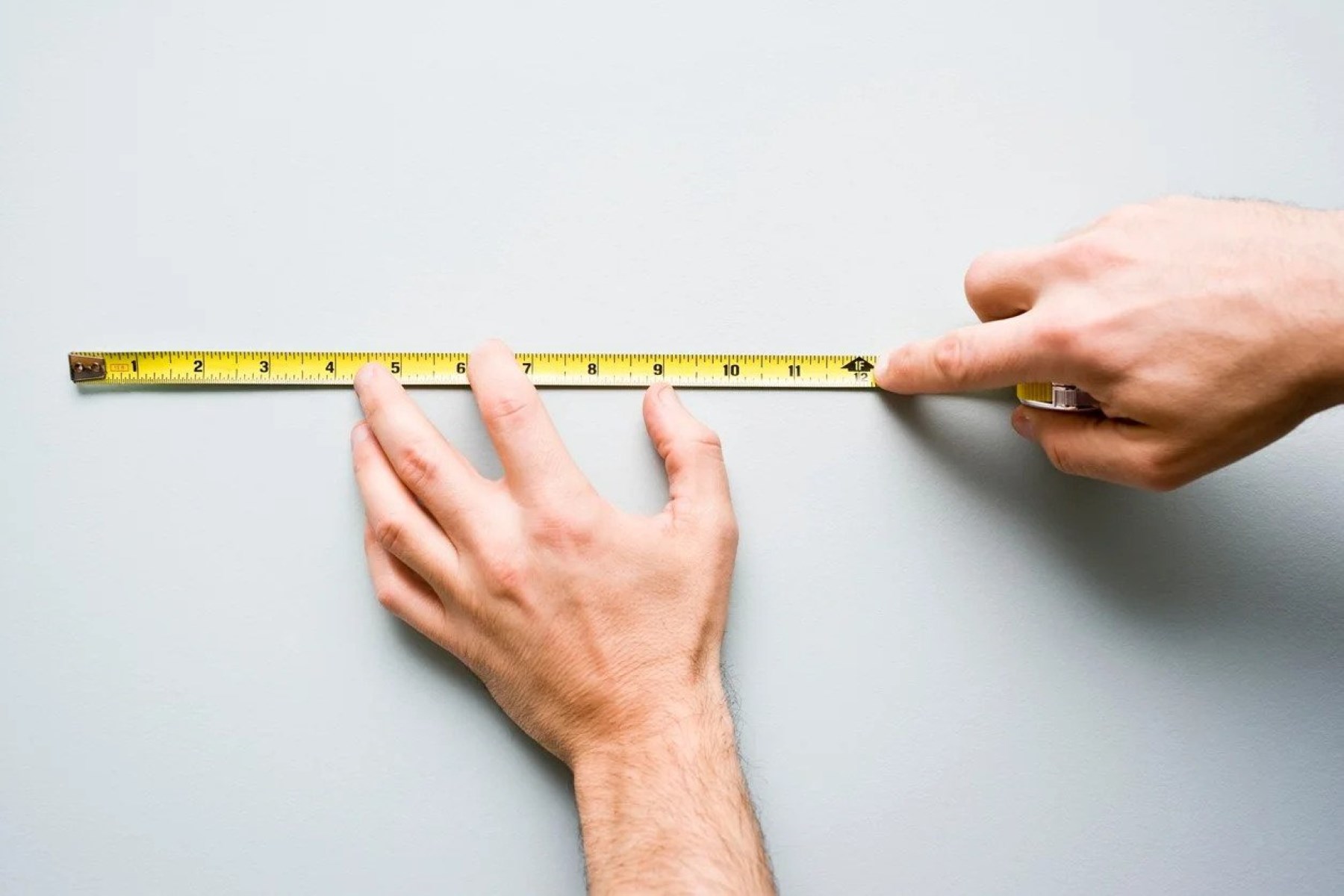
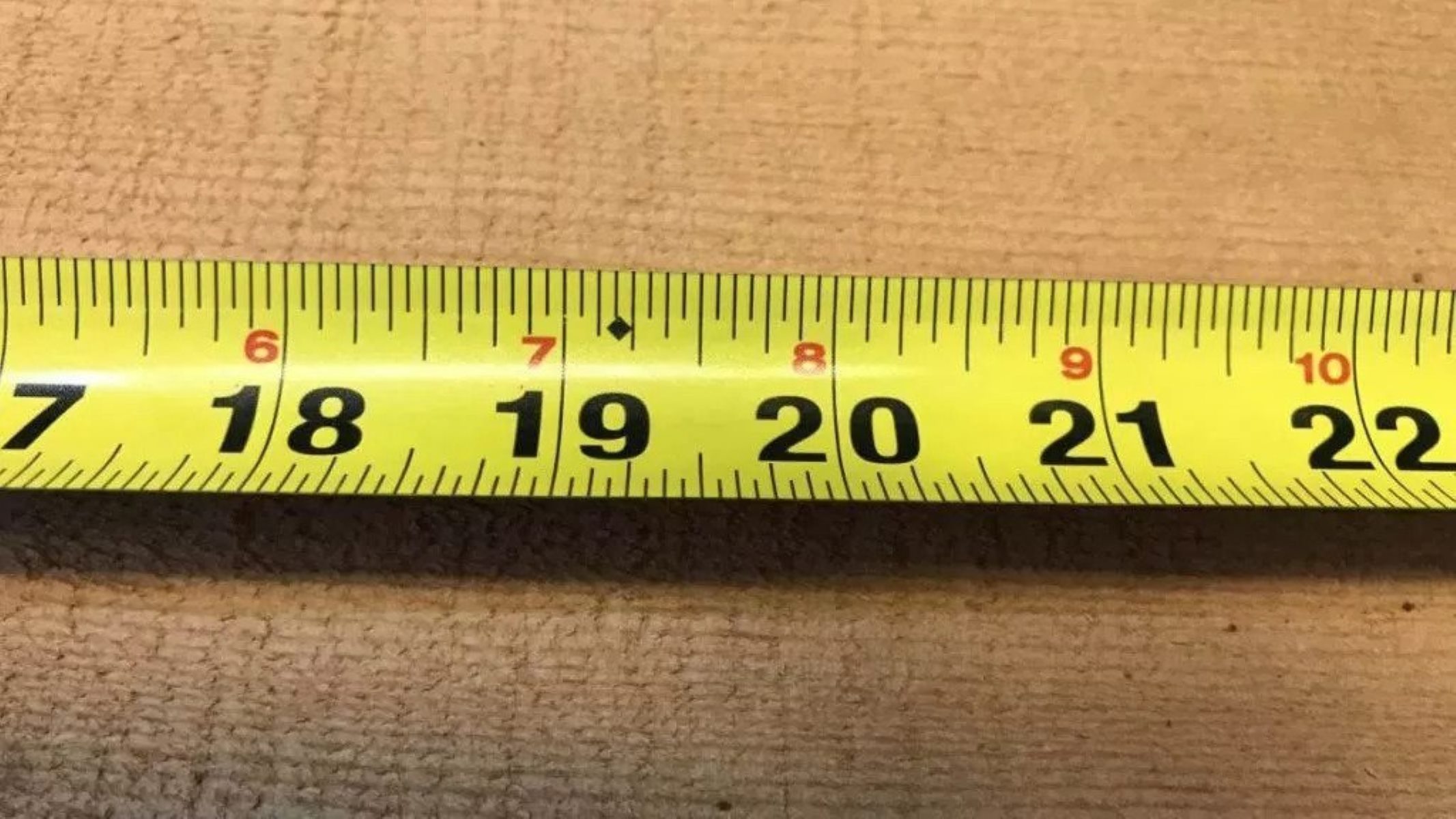
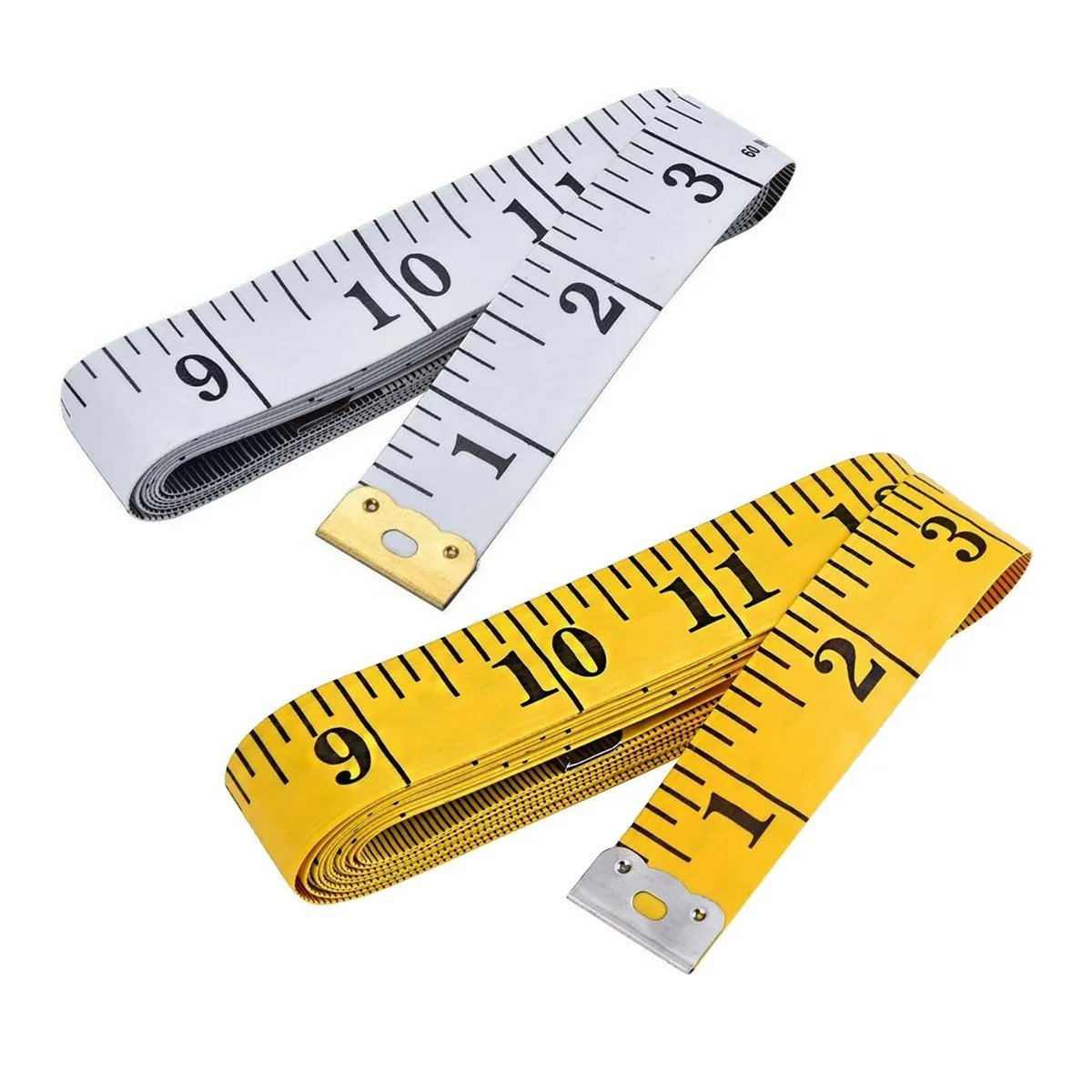

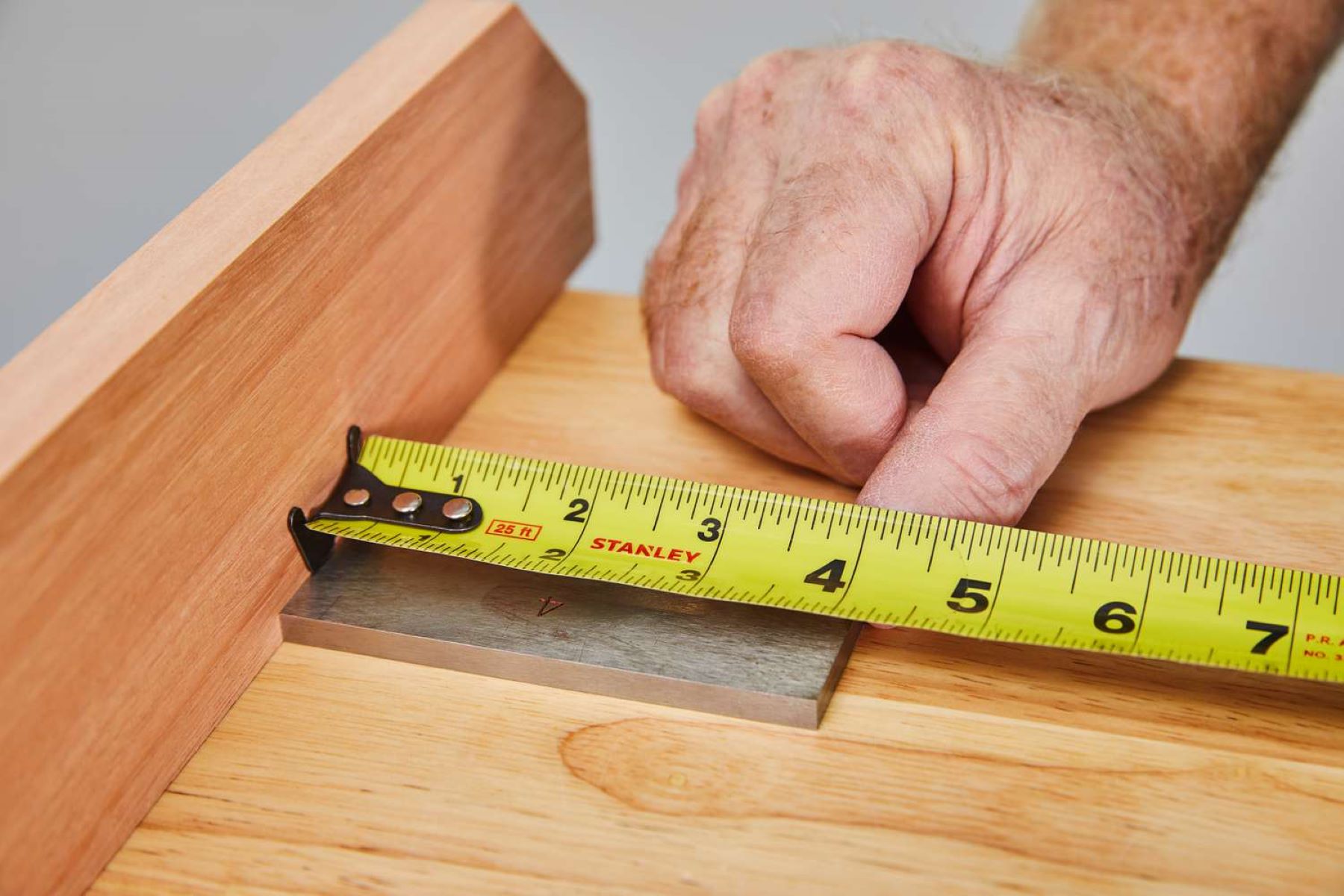
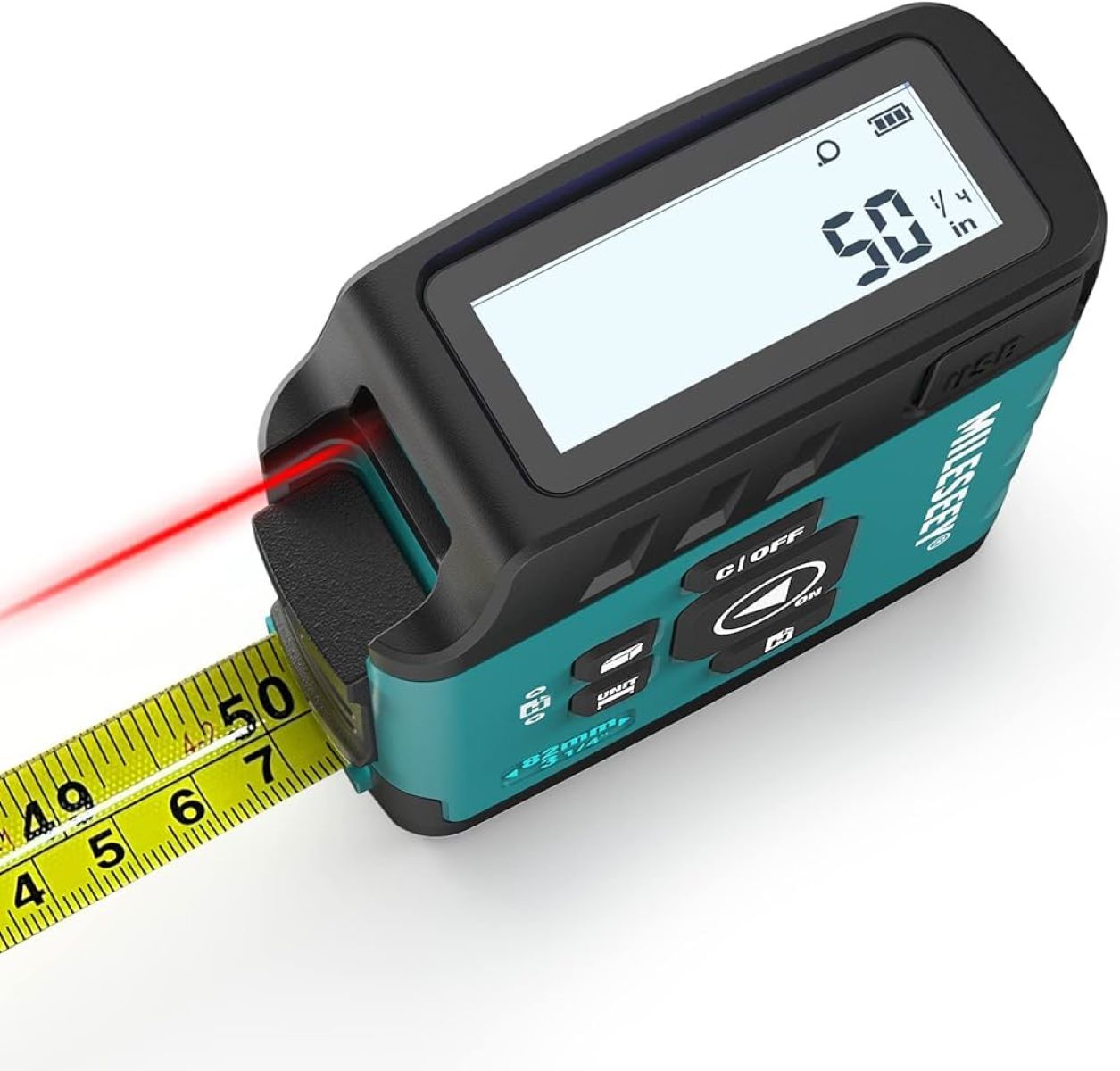
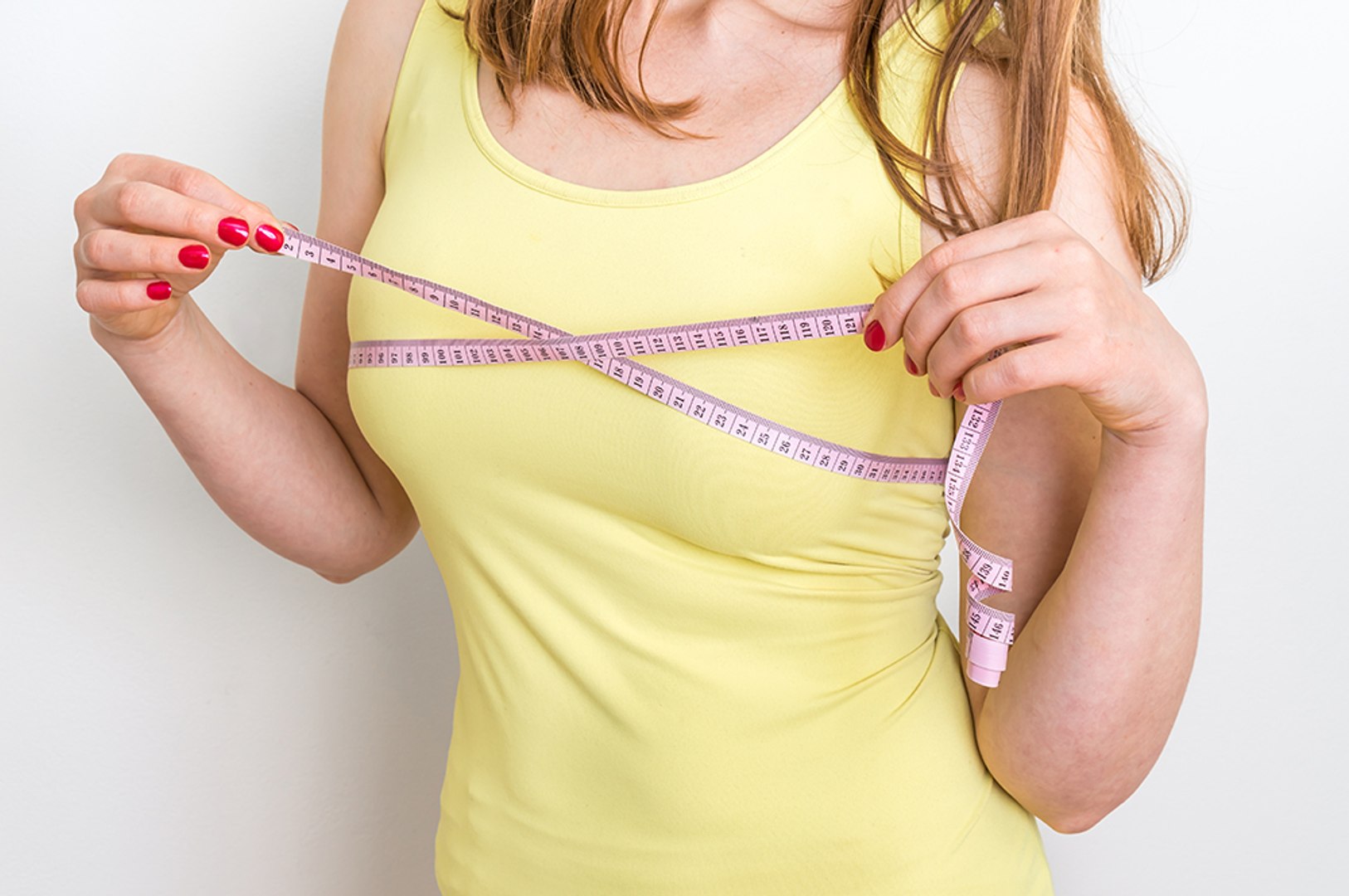
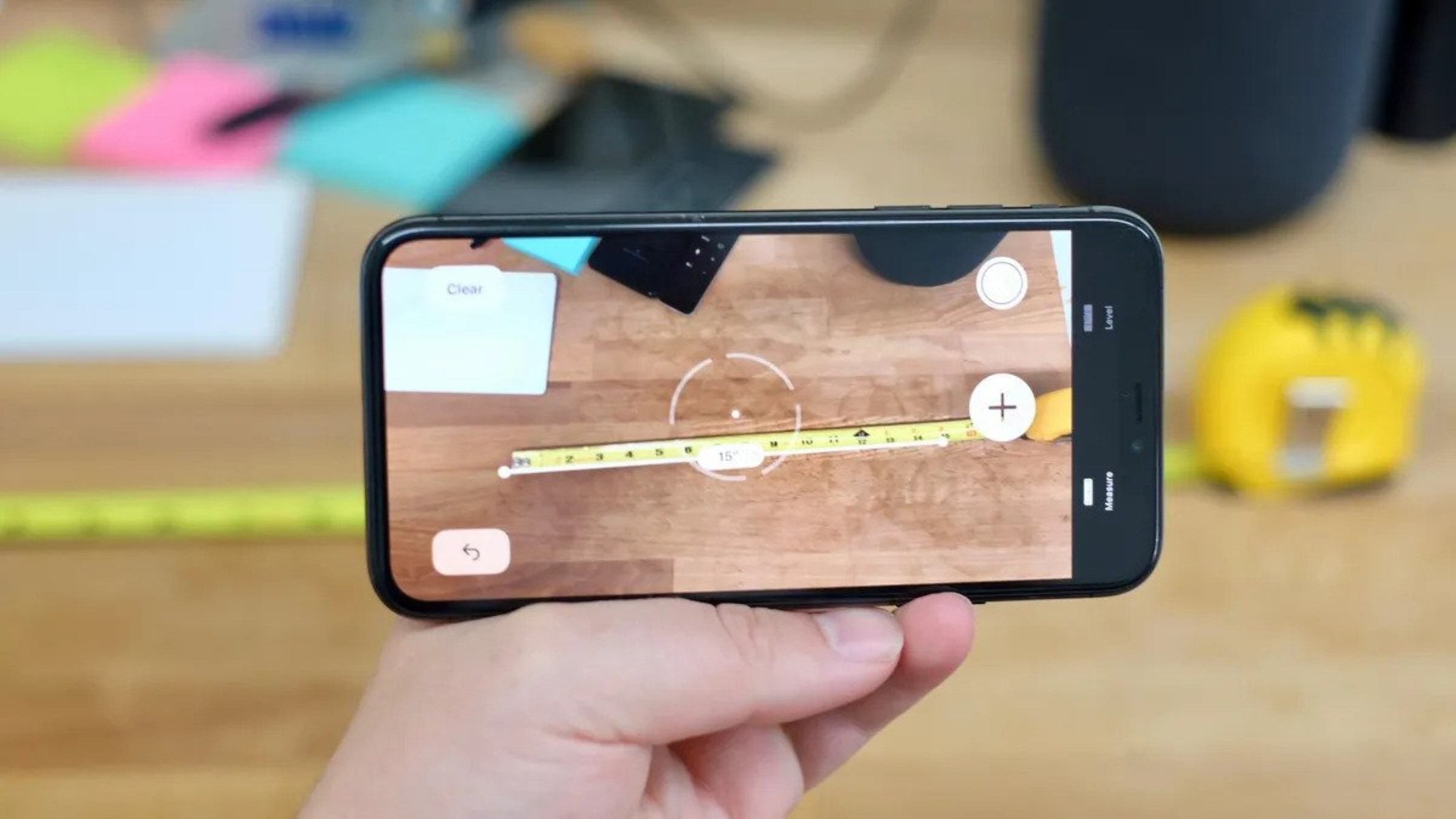
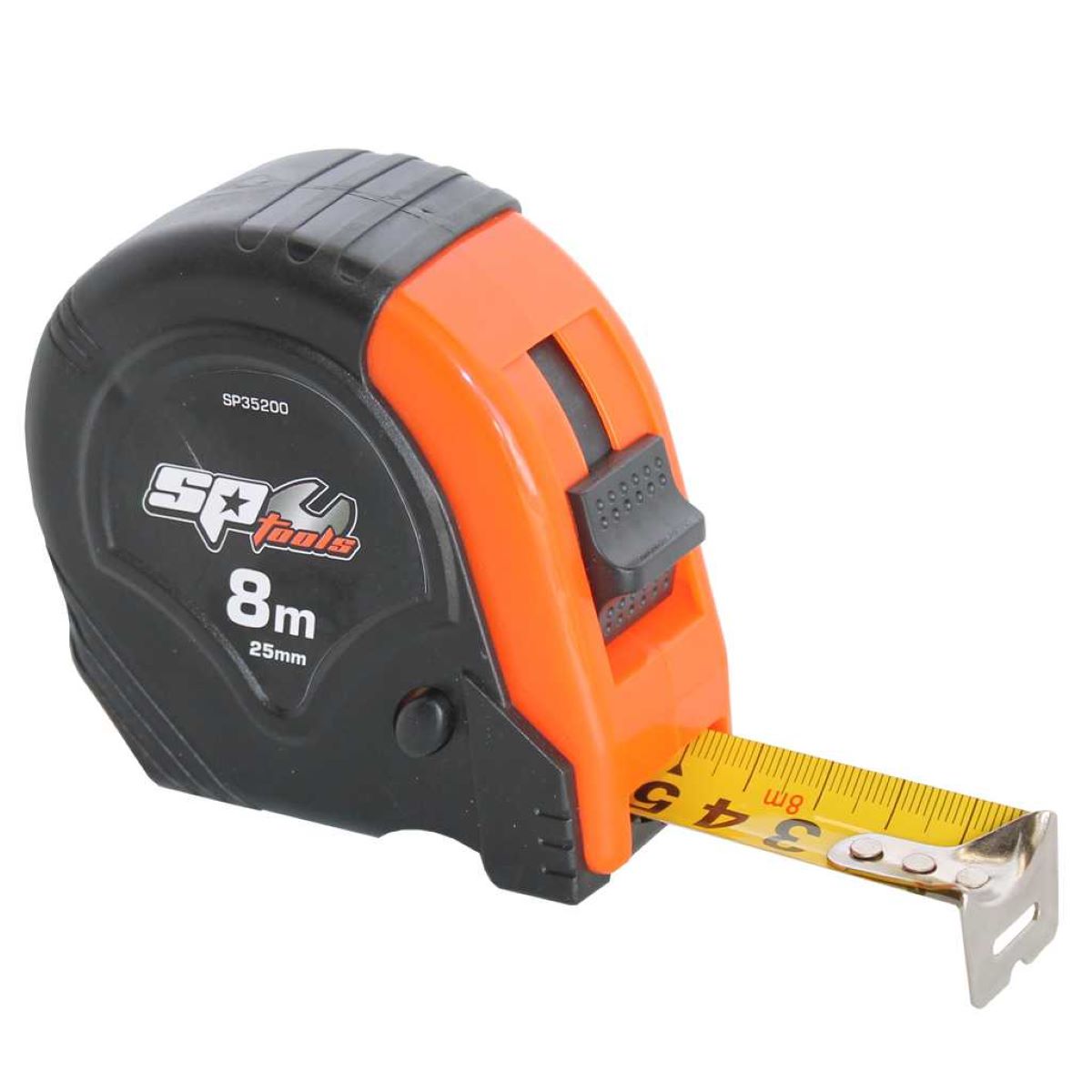

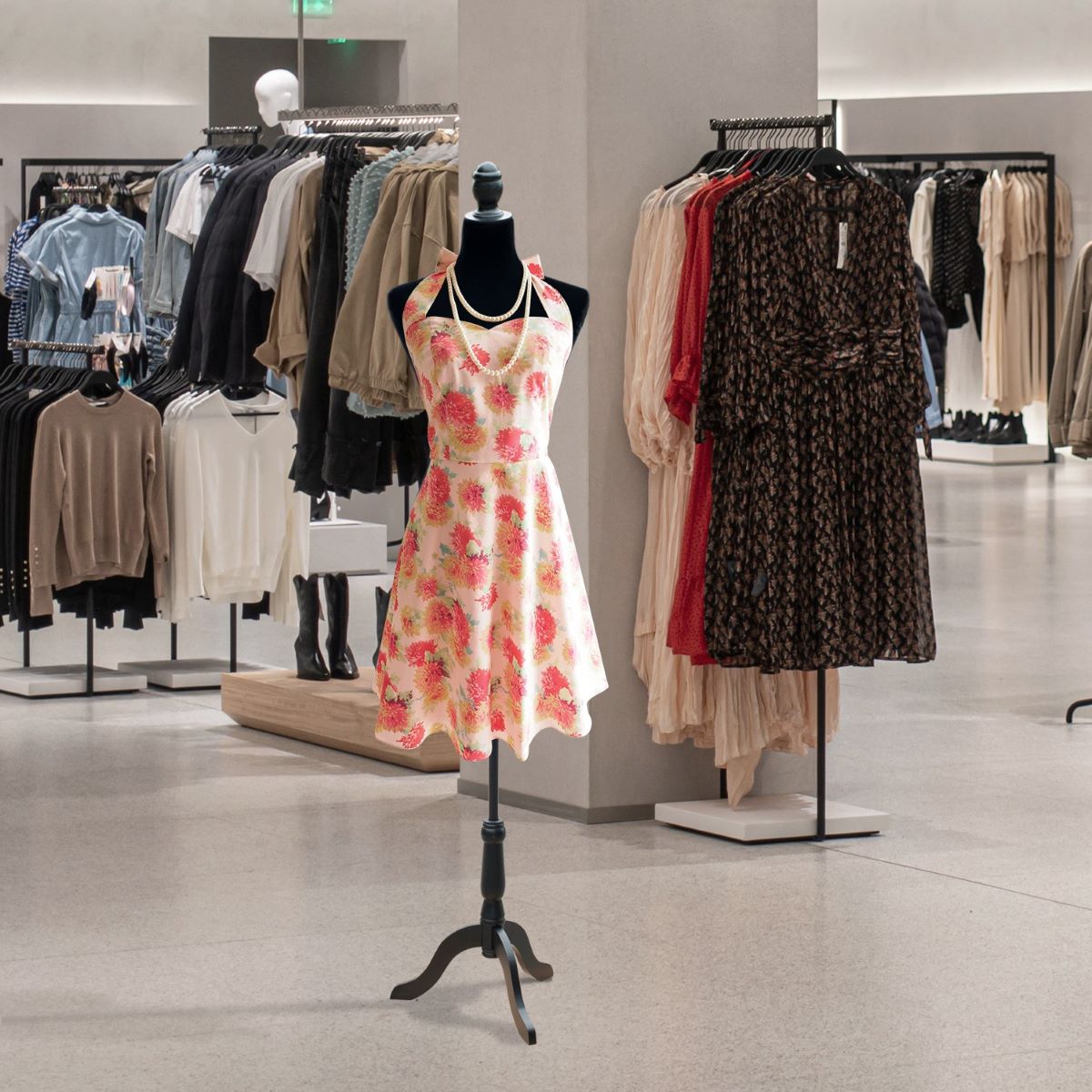
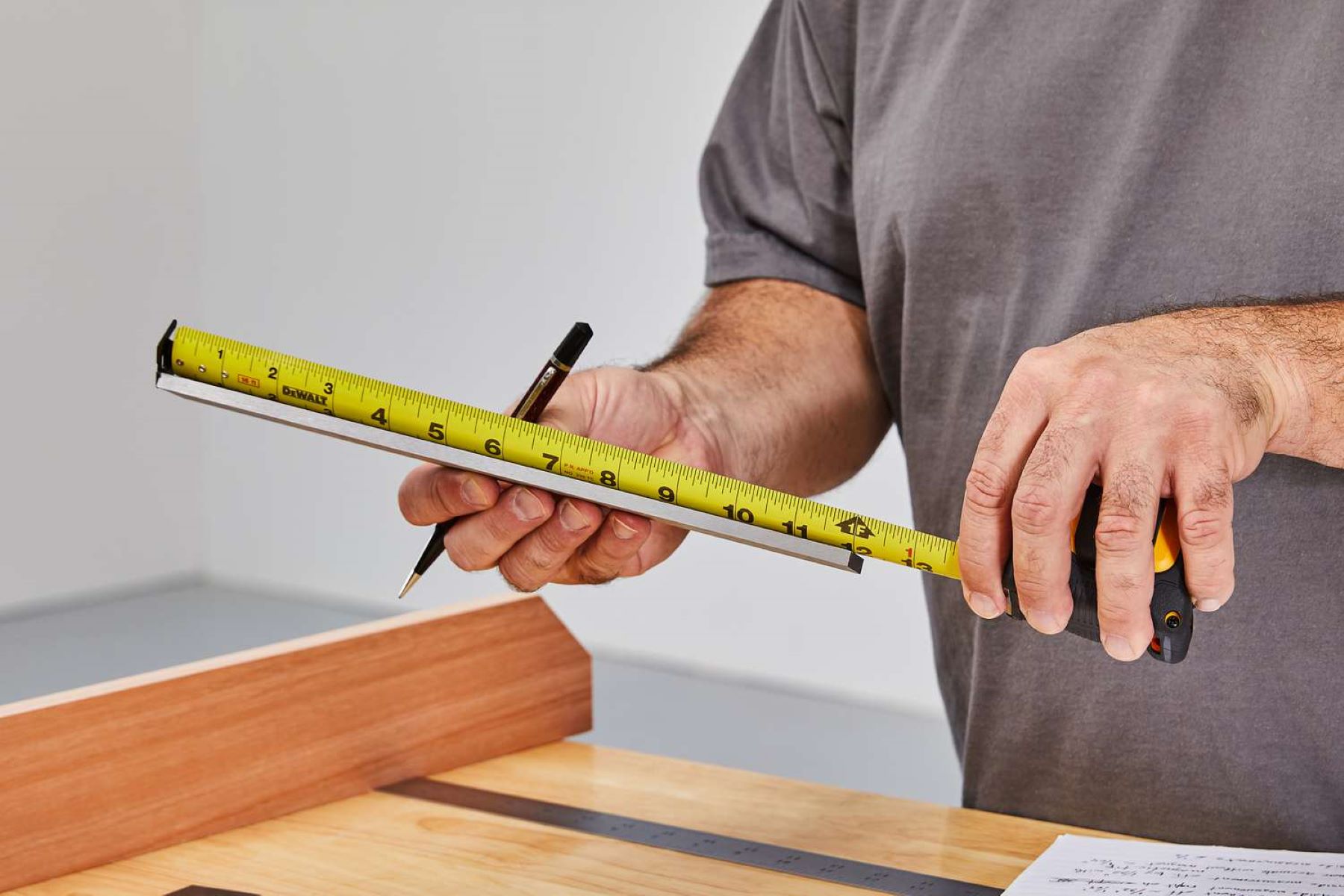
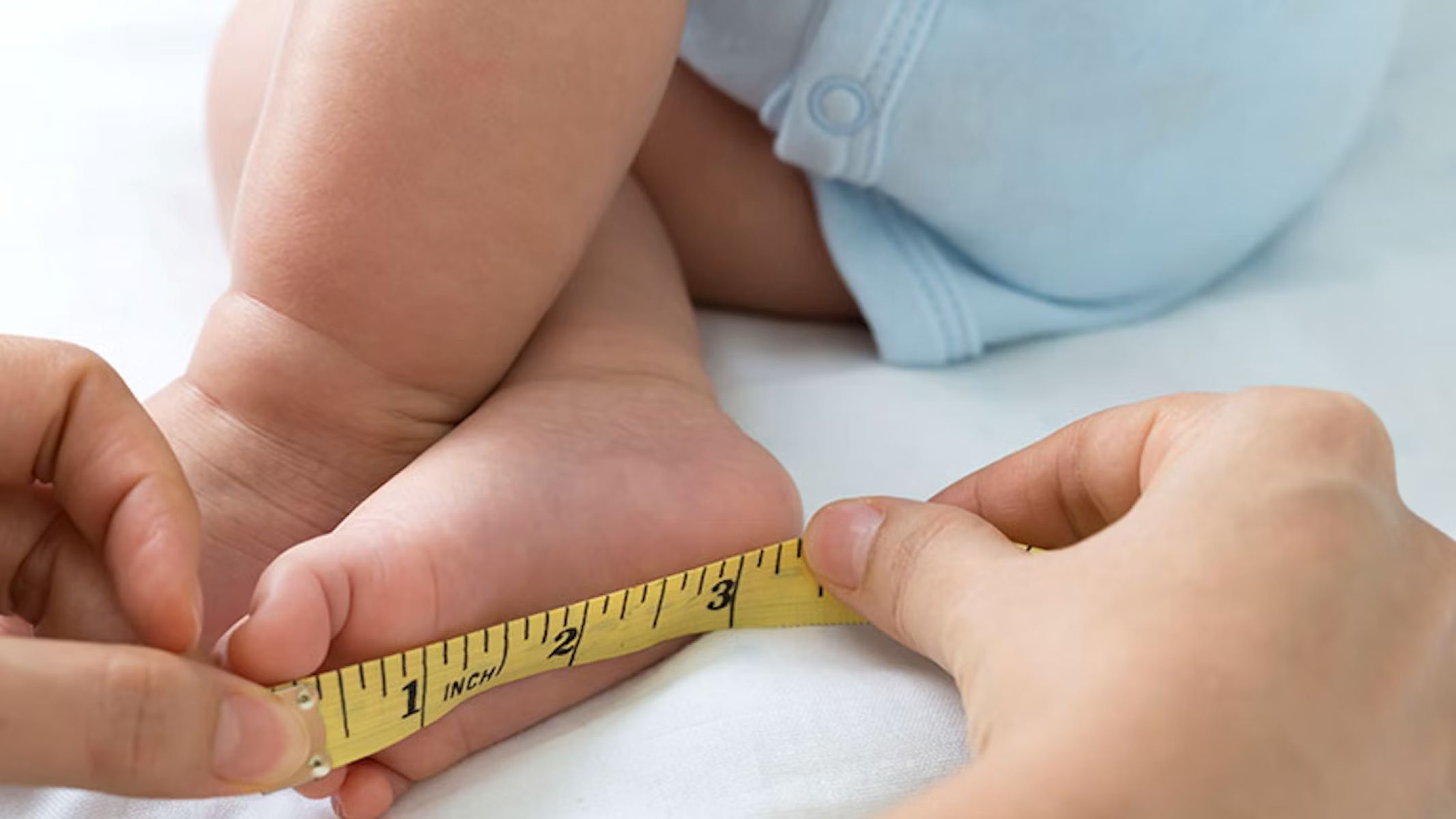
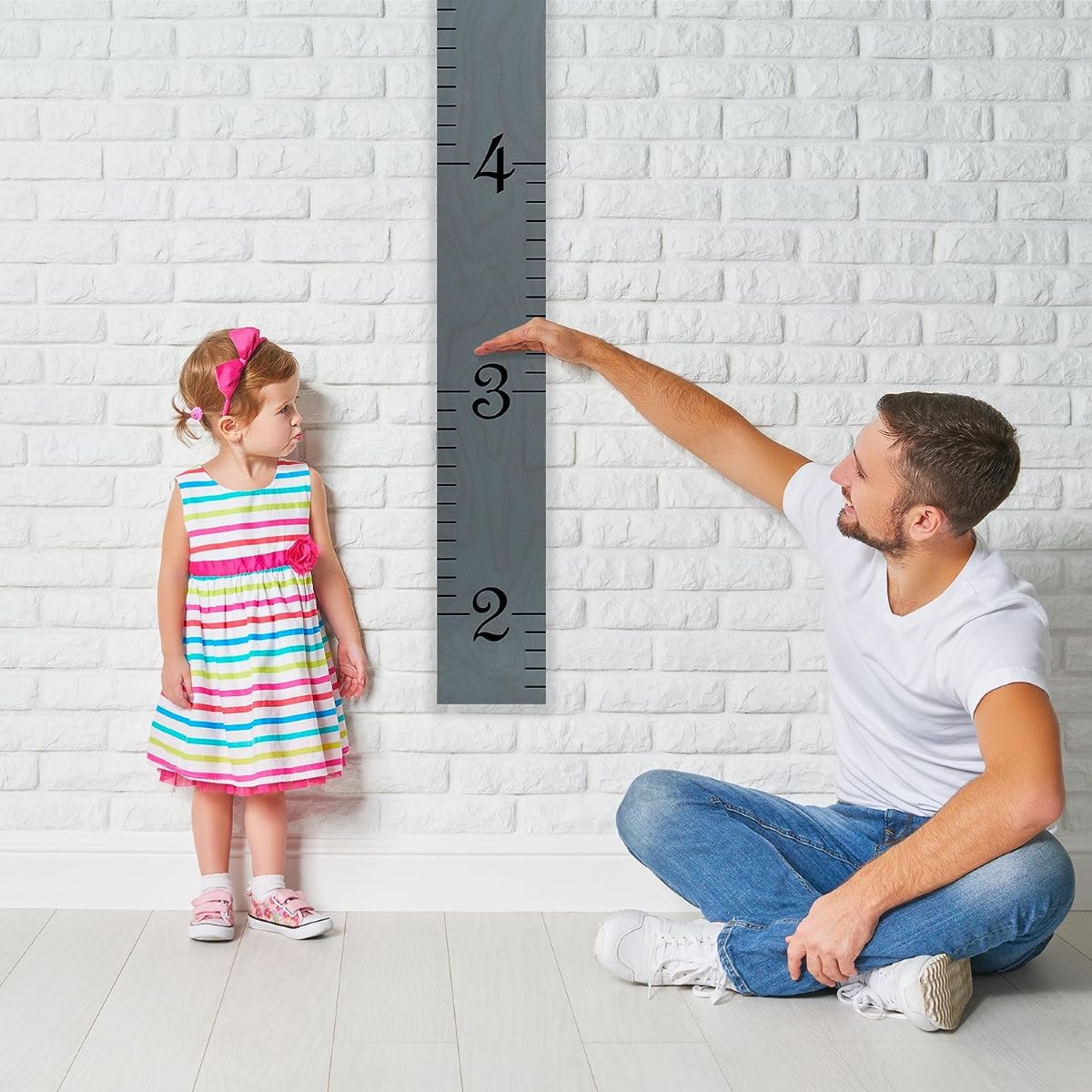

0 thoughts on “What Does A Measuring Tape Do”